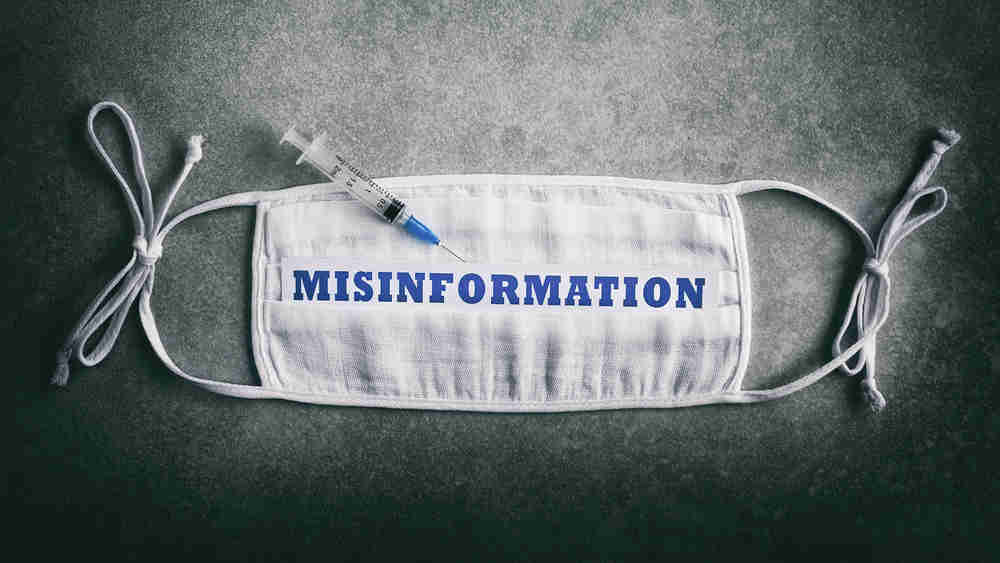In keeping with the ethos of the age of Post-Truth, India, according to a study, has emerged as the biggest source of misinformation pertaining to Covid-19 since the pandemic began. Having trawled through over 9,000 pieces of ‘data’ across several countries, a researcher found that one out of six pieces of misinformation had been generated in India during this period. Some of the nuggets reveal the extent of public ignorance. Many Indians, for instance, were told that camphor, cloves — the researcher did not add cow dung — can neutralize the virus. This, however, was the more benign of the two dangers. The more serious threat, as has been exposed by Indian researchers as well as by documents examined by The New York Times, concerns the engineering of a false narrative to undermine the monstrous scale of the pandemic. Months before India was pulverized by a deadly second wave of the coronavirus, scientists appointed by the government, it is alleged, sought to make light of the situation. Significantly, their faulty assessment coincided with the Centre’s decision to reopen the economy and press ahead with electoral exercises. That was not all: there are murmurs of other kinds of complicity between politician and scientist. For instance, a former chief scientist of the Indian Council of Medical Research echoed the Narendra Modi government’s prejudicial targeting of an Islamic gathering as a super-spreader: the singling out of the congregation by the Centre was, subsequently, reprimanded by the Supreme Court. Even more worrying is the charge of a diktat preventing scientists from publishing data that torpedoed the government’s claim that the situation was satisfactory.
The pushback against India’s scientific temper has, in recent years, acquired two distinct — grotesque — forms. The first has been the wilful erosion of the scientific spirit so that myth can pass off as fact. The other is the weaponization of science to suit a political or ideological agenda. The consequences of these kinds of contamination can be deadly. Control over data — scientific, economic, health — would give an elected dispensation unwarranted power to distort public narrative. A second — related — challenge concerns the contraction in the autonomy of scientists and the institutions they serve. The whittling down of medical and scientific institutions — much like the media — is patently undemocratic. The Indian scientific fraternity must come forward to resist these predations by the government. An examination of the history of science would show that scientific thought has always functioned as a form of resistance against dogma and bigotry, both of which ail India’s body politic today.










